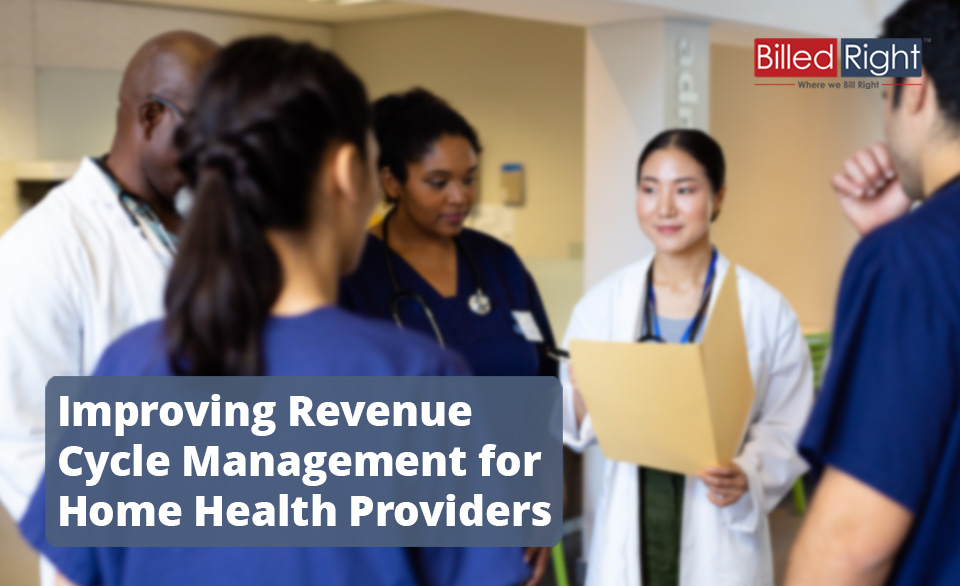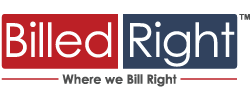Improving Revenue Cycle Management for Home Health Providers

Importance of Efficient Revenue Cycle Management
Efficient Revenue Cycle Management (RCM) is essential for home health providers to maintain financial stability and optimize patient care. A well-structured RCM process ensures that healthcare organizations receive timely payments for their services, reduces the likelihood of billing errors, and improves cash flow.
The importance of effective RCM can be illustrated by the following benefits:
| Benefit | Description |
|---|---|
| Improved Cash Flow | Timely billing and collection processes enhance cash flow. |
| Reduced Denials | Effective tracking and management of claims decreases the rate of denials. |
| Enhanced Patient Satisfaction | Clear billing statements and regular communication lead to better patient experiences. |
| Cost Efficiency | Streamlined processes reduce administrative costs and maximize revenue. |
Healthcare professionals, including doctors and practice managers, should prioritize RCM practices to ensure financial viability and the ability to invest in patient care.
Key Components of the Revenue Cycle Management Process
Understanding the key components of the RCM process is critical for home health providers aiming to enhance their financial performance. The RCM process consists of several stages, including the following:
- Patient Registration: Accurate capture of patient information to prevent billing discrepancies.
- Insurance Verification: Confirming patient insurance eligibility and understanding coverage levels to optimize reimbursement.
- Charge Capture: Documenting and coding all services provided to ensure accurate billing and compliance.
- Claims Submission: Timely and accurate submission of claims to insurance payers assists in minimizing delays in payment.
- Payment Posting: Efficient tracking of payments received to reconcile accounts and identify outstanding balances.
- Denial Management: Systematic handling of denials through appeals and corrections to recover revenue.
- Patient Collections: Effective strategies for collecting payments from patients with outstanding balances.
The following table outlines the main components and their significance in the RCM process:
| RCM Component | Significance |
|---|---|
| Patient Registration | Reduces errors and accelerates the billing process. |
| Insurance Verification | Ensures proper coverage, increasing collection rates. |
| Charge Capture | Affects overall revenue and compliance risk. |
| Claims Submission | Minimizes delays, increasing the efficiency of cash flow. |
| Payment Posting | Aids in accurate financial reporting and analysis. |
| Denial Management | Protects revenue by resolving payment issues proactively. |
| Patient Collections | Improves overall cash flow and financial health. |
By mastering these key components, home health providers can optimize their RCM processes, ultimately enhancing their financial management and patient care services.
Strategies for Optimal RCM
Implementing effective Revenue Cycle Management (RCM) strategies is essential for home health providers to enhance financial performance. This section discusses key areas to focus on for optimal RCM.
Implementing Technology Solutions
Leveraging technology is a crucial aspect of improving the RCM process. Home health providers can utilize a variety of software solutions that streamline billing, coding, and patient management. Integrating electronic health records (EHR) with financial management systems helps reduce errors and improves data flow between departments.
The benefits of implementing technology in RCM can be summarized as follows:
| Benefit | Description |
|---|---|
| Improved Accuracy | Reduces billing errors through automated coding and claim submissions. |
| Enhanced Data Management | Centralizes patient and financial records, enabling easier access and analysis. |
| Increased Efficiency | Automates routine tasks, freeing up staff for more critical functions. |
Staff Training and Education
Investing in staff training ensures that medical personnel and billing staff understand the nuances of the RCM process. Regular training sessions on coding updates, billing software, and compliance best practices enhance efficiency and accuracy.
The following table outlines key training focus areas:
| Training Area | Description |
|---|---|
| Coding Updates | Stay informed about changes in coding standards such as ICD-10 or CPT codes. |
| Billing Procedures | Understanding the correct claims submission process and timelines. |
| Compliance | Educate staff on regulations and policies to reduce the risk of audits and penalties. |
Analyzing and Improving Revenue Streams
Regular analysis of revenue streams is vital for identifying areas of improvement. Providers can conduct audits of claims rejected or denied to pinpoint common issues and rectify them promptly.
Key metrics to analyze include:
| Metric | Description |
|---|---|
| Denial Rate | Percentage of claims denied compared to total submitted claims. |
| Days in Accounts Receivable | Average number of days it takes to collect payment after service. |
| Collection Rate | Percentage of billed services that are successfully collected. |
By focusing on these metrics, home health providers can identify weaknesses in their RCM process and implement strategies to enhance revenue collection. This approach is essential for maintaining financial health in an increasingly complex healthcare landscape.
How Billed Right Can Help
With the ever-changing landscape, it is important to have someone who is keeping up with the new rules and guidelines. That is where Billed Right comes in. As a strategic partner, focused on ensuring that your medical billing is done correctly and on time, utilizing our revenue cycle management services can take the burden off your staff.
Contact us today to learn more about how outsourcing your medical billing with Billed Right gets you a strategic partner focused on growing your business and optimizing your operational management.







